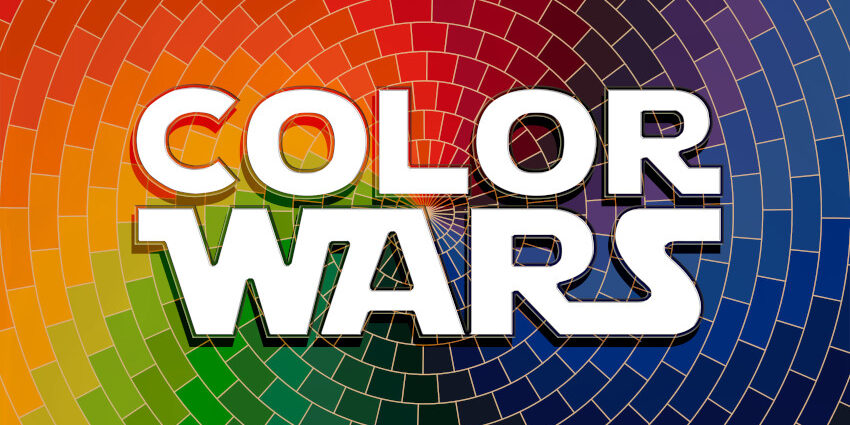Company logos and visual identity systems are created to generate brand recognition while reinforcing the character of a brand. The expression of brand character is reflected in the color palette of the brand, which is codified in the style guide. That’s pretty much old school “Branding 101”. But whoa… brand color selection is not so clear cut in the digital age.
As customer engagement becomes increasingly more digital, online and mobile; the visual representation of colors has grown progressively inconsistent and it’s not the fault of brand managers, graphic designers, marketing agencies, hardware producers, software companies or even the bastion of color correctness, Pantone. It’s because there are way too many factors that impact color consistency in the online world.
To make it worse, challenges multiply when you’re transitioning from digital representations of a color to printing it on paper. Be prepared for tales of woe if you ask graphic designers or printers about color issues between digital proofs and Pantone colors in print. Colors will morph into a rainbow of different shades when converting between Pantone, CMYK, RBG and HTML. You can adjust and tweak to get it right in the studio, and then watch all of your work undone when a brand goes online because there is no way to control the color calibration of each computer monitor used to view the brand. Each one has a uniquely different setting.
Because we’re living in the digital age, brand identity systems and style guides need to adapt. Here are a few ideas to keep in mind when you’re making color decisions:
1) Logos should be visually interesting before color application begins.
Your brand should be visually distinctive, but don’t rely too heavily on color selection to achieve this. Instead, use graphic design expression to draw attention. Remember, logos also need to perform well in black and white, which is a good way to test the strength of the logo’s visual construction. Since colors vary from device to device and from online to print, the stylized shaping of company logos must deliver enough visual force to imprint the brand’s visual identity in the consumers’ mind.
2) Let the primary form of brand engagement drive the color palette selection.
If the predominant customer encounter with a brand is online, HTML and RGB colors rule. Determine your brand color palette for digital application, and then convert back to any print application. Make sure you test CMYK colors with a high-end digital print-out before setting a standard in a style guide. As for Pantone colors, it’s going to take an educated guess when working in this direction. Conversely, if spot color defines the brand’s visual identity in the printed world, going online will take a good deal of trial and error to arrive at the optimal settings for the digital component of the style guide.
3) Know the new.
Strive for consistency to maintain the style of the brand, but don’t be a slave to color limits. In the online world, colors are more vivid than in print, so use that technical feature to the advantage of the brand. What was once taboo for company logos in print may work just fine online (OMG… does that mean gradients are here to stay?).
To put a bow on this, visual identity systems are built to help ensure that a brand’s perception is guided with care. However, these systems must be developed with an understanding that brands engage customers, both new and old, in a rapidly changing environment. Brand identity systems must adapt to digital reality.
Written by Ira Lieberman || Brand Solutionist

